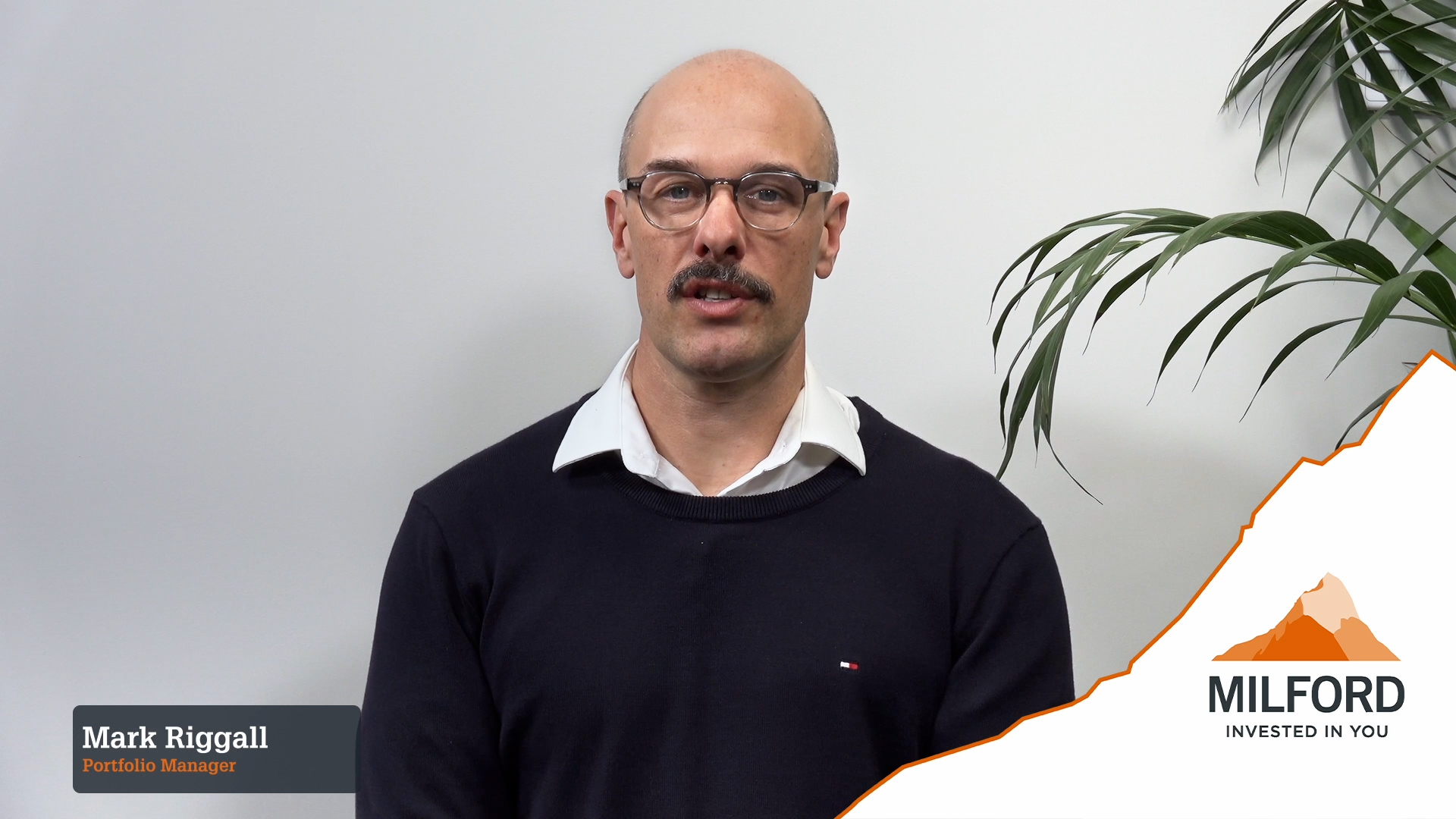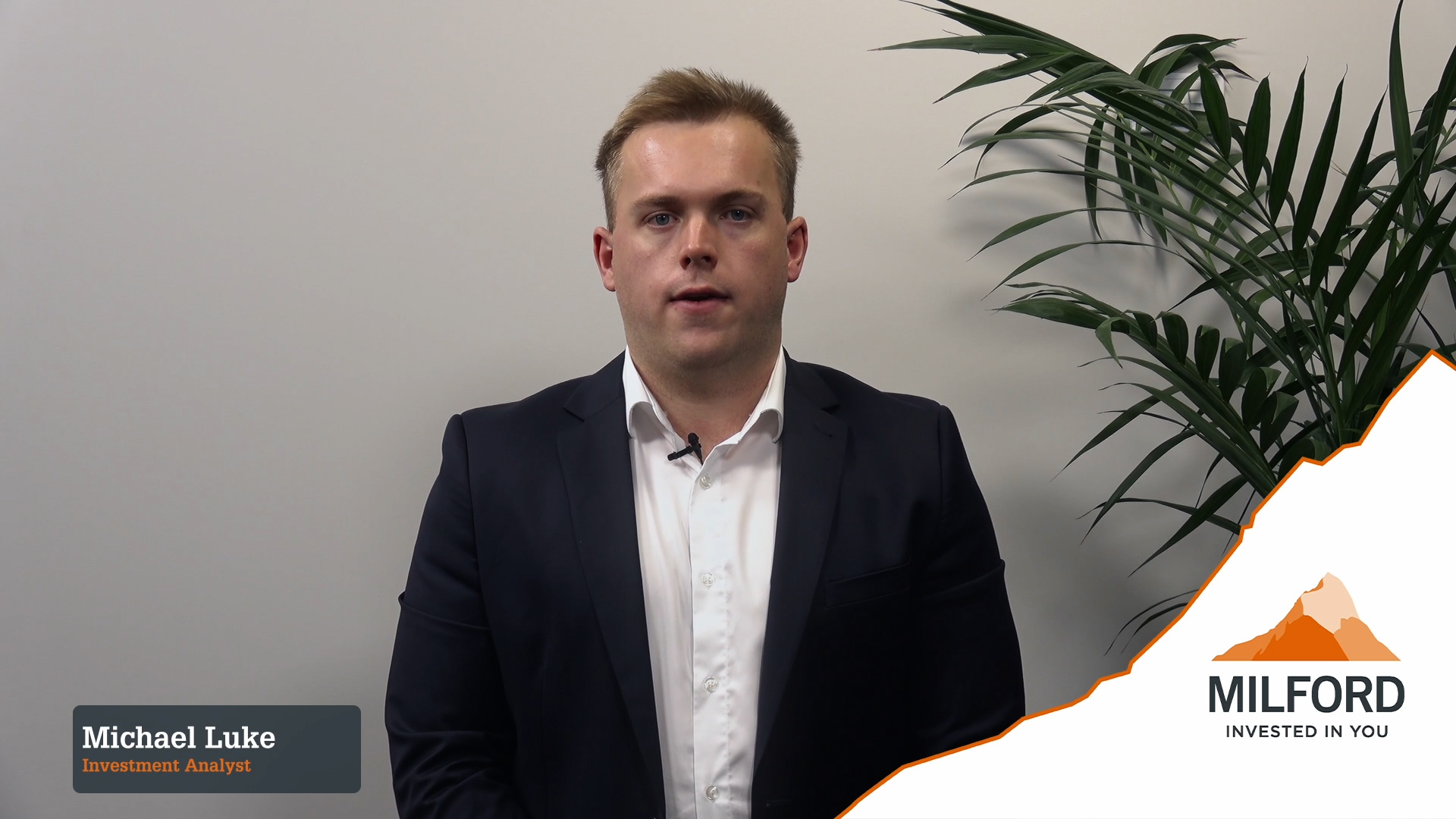Why an investment fund?
Investment funds have been an option for New Zealanders for many years. KiwiSaver is Milford’s most high-profile option but there are multiple other options available to Kiwis.
They’re a great access point for people who want to diversify their investments as well as take advantage of the expertise of fund managers who have experience in making investment decisions. Investment funds generally provide relatively easy access to your money (liquidity), and they spread your money over a wide range of investments (diversification).
Investing directly into share markets and bond markets can take a lot of time: time to understand what is happening in each market; time to understand what influences are at play in each of those markets and time to consistently update yourself with what is going on. It can be hard to achieve the same level of diversification a fund offers, when investing directly.
Investment funds give you most of that time back by taking away the admin involved with investing directly and putting that responsibility on to the fund manager. With an investment fund, you don’t have to worry about which stocks to pick, or when to be buying and selling.
You should however spend a bit of time at the outset ensuring you know which fund is right for you. Then once a year, or when your situation changes, you should take the chance to make sure your investment is still appropriate for you.
I’ve got a fund – so what next?
So, let’s assume you’ve started out with your investment fund and/or KiwiSaver and have been adding to it for a while. It’s probably done very well over the last few years, and you may be thinking, what next? Do I stay in this fund and just keep doing what I have done? Or do I change my fund to ensure that it is relevant for me and my current stage of life?
The answer to this will be different for everyone. There is a risk of falling into the trap of “I don’t know enough about this, so I’ll just leave it where it is”.
To gain the most benefit from an investment fund, you don’t need to know the intricate details of each fund, how they are traded, how they are managed or what assets are within. You’re more than welcome to become familiar with that if you choose to, however it won’t make any difference to the outcome of the investment if you understand this or not. This is the role that your fund managers will play – they use their experience and expertise to manage the fund daily.
What can I do to influence the outcome?
There are two actions you can take that will have the greatest impact on the balance of your investment fund at the end of the time you have invested.
The first is making sure you have chosen the right fund for your goal, for your risk appetite and for your situation.
The second is your behaviour while the fund is in action. If you can trust your fund manager and stick to your long-term plan by not switching in and out of funds trying to time market movements, then your fund will have a greater chance of reaching the goals that it has set out to achieve.
What you should understand are the risks involved. These risks need to be acceptable to who you are and be linked to what you are trying to get out of this investment.
How much risk are you willing to take?
All investing involves taking some risk. The question is how much risk are you willing to take; the right level is different for us all. Some of us take more risk in our day to day lives than others do.
Take mowing your lawns for example. Some people may prefer to mow their lawns in jandals and a singlet, enjoying the cool summer breeze and getting a tan at the same time.
Some may prefer to complete the same job in full protective clothing, minimising exposure of limbs to heavy machinery and reducing exposure to the sun’s harmful rays.
My point is there is no right or wrong way to mow your lawns. It’s entirely up to you how much risk you want to take. But you know the risks involved and you make your decision accordingly.
When it comes to investment funds the level of risk present in the fund you are considering, is the piece that you need to understand.
How do I choose?
Given most fund managers have a range of options available; to narrow down your options you should look at the fund manager first. What is their track record? What is their approach to responsible investing? Who is making the decisions on where your money goes? Where do the people involved in running the funds invest their own money?
Carefully read the documents that are designed to be consistent across managers, such as Product Disclosure Statements, where you will find key information about elements like risk measures. Once you have landed on a fund manager (maybe you’ve decided to go with two and that’s fine as well) then you should consider what are you wanting to get from this investment? How much do you need to reach the goal you have set out to achieve?
How do I get advice?
Then you need to understand how you would feel if a market drop resulted in your balance reducing for a period. How far down can the fund go before you start to feel uncomfortable? What action would you take if it did drop substantially? Would you invest more because the assets within the fund are now cheaper to buy? Or would you be too nervous to do that?
These, amongst others, are all questions that a good advice process, be it digital or personal, will raise with you before making a recommendation on where you should invest. The recommendation should consider the answers to these questions along with your age and current financial situation. The outcome of that analysis will be which mix of defensive assets (normally bonds) and growth assets (normally shares) will be right for you.
Given our lives change as we get older, our investment needs to change with us. We may be happier with taking more risk at a younger age than we are closer to retirement. For this reason, you should be aware of the options available to you on an on-going basis. Are you able to revisit the advice process above? Are you able to easily change your fund? What does my fund manager offer in terms of how to assess my risk?
Getting started with digital advice is often a great way to begin your advice process. You can check out Milford’s Digital Advice for Investment Funds here and this handy video that explains how to get started.
What about the cost?
Last, but certainly not least, you should be aware of the cost involved in this process and the ongoing management of your money. What service are you paying for and are you happy with the level of contact you have with your fund manager? Do you like the way they report on your investment? Do you like the research they publish? Can you talk to someone if you need to?
When it comes to ensuring that you have the best investment fund for your own personal situation; by getting advice from those that are in the business of managing funds you are ensuring that you have all the information you need to make your decision. Milford takes advice seriously – we invest heavily in technology, including digital advice, to ensure that we can deliver the best outcomes to as many clients as we can.
We retain our Private Wealth advisers on a salary, not commission, to ensure that they can take the time to provide the highest level of service.
We also invest in the same funds that our clients do – this means that when we are investing your money, we are investing ours as well.
Contact one of our advisers to find out how we might help you on 0800 662 347. Our Private Wealth Advisory Service is for clients with more than $500,000 to invest.


